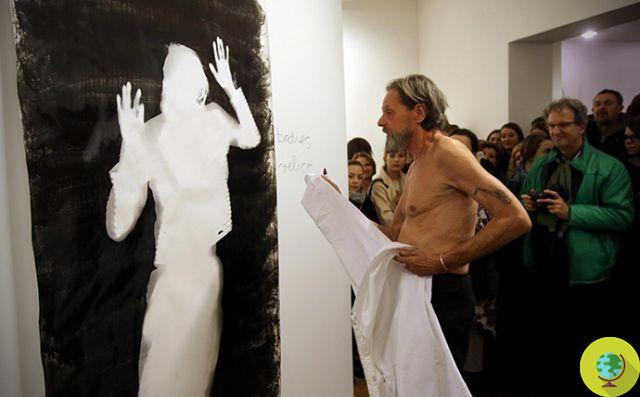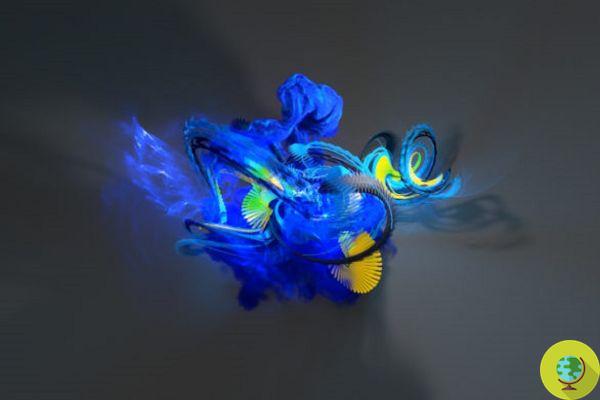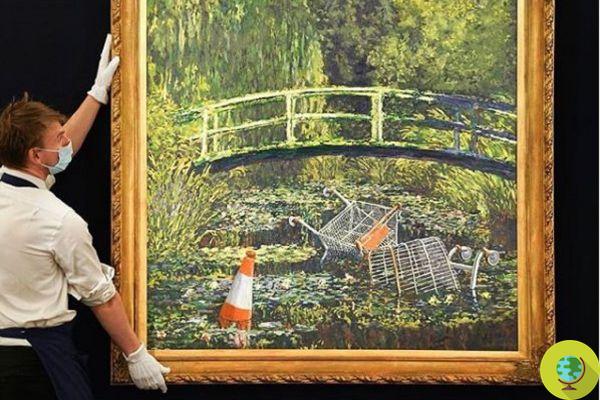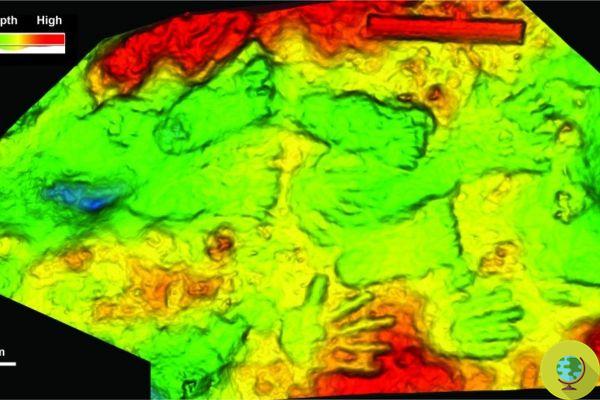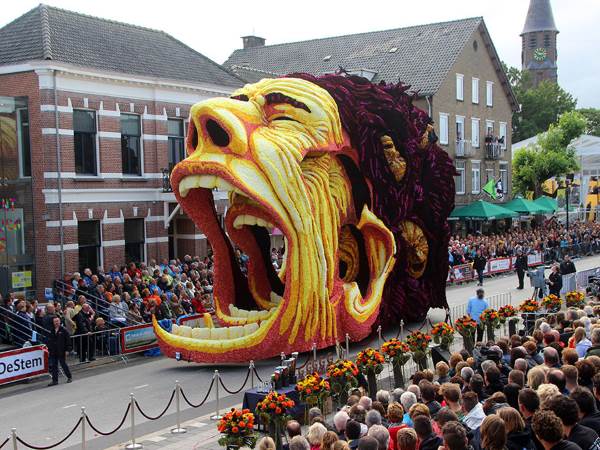Noise pollution, a serious problem for those who are subjected to noise every day. This happens, for example, to those who live near an airport. But the solution in Holland comes from land art
He is about to end up run over, his mother saves him
Noise pollution, a serious problem for those who are subjected to noise every day. For example, it happens to those who live near a airport. The solution in the Netherlands is based on art.
Here the landscape architect Paul de Kort in collaboration with colleagues from the firm H+N+S Landscape Architects, has designed a diamond-shaped green space right next to the runways of Amsterdam's Schiphol airport.
A spectacle not only for the eyes but also for the ears since the work, called Buitenschot Land Art Park, deflects background noise from one of the busiest airports in the world and protects surrounding communities from noise pollution.
With more than 1.600 daily flights, Schiphol is not only a very crowded area but also overwhelmed by noise. Difficult life for those who live in the surrounding neighborhoods, especially since 2003 when the Polderban runway, the longest in the airport, was built. Noises, residents complain, could be heard up to 30 km away.
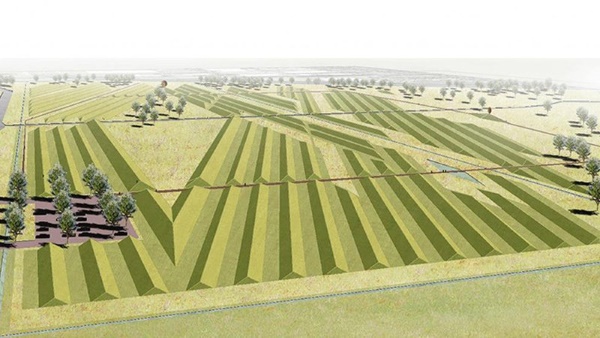
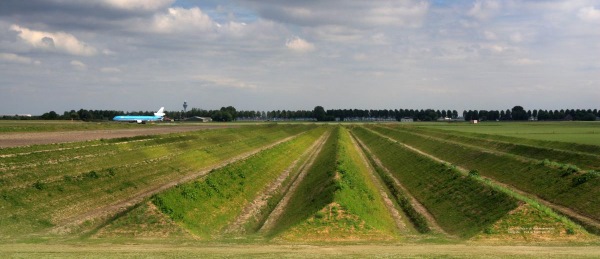
Background noise is difficult to control, due to the way it travels. Sound waves are not easily deflected by traditional noise barriers due to the low frequency. So the airport had to find clever ways. In 2008, a study found that in the fall, after the surrounding fields were plowed, noise levels dropped significantly.
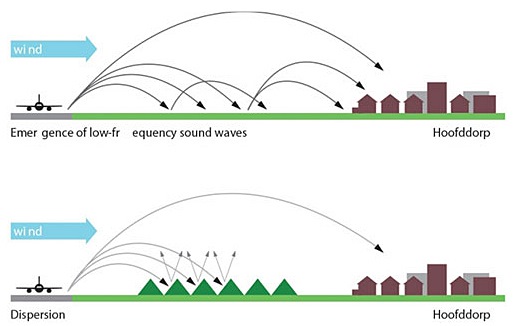
For this reason, the officials decided to redraw the terrain around the airport and create something that could limit as much noise as possible, but also giving space to aesthetics.
So the landscape architects got to work and designed the Buitenschot Land Art Park, a real park-labyrinth capable of absorbing sounds, inspired by the models of the father of acoustics, Ernst Chladni. The physicist discovered that some shapes are created when a sand-covered plate or membrane vibrates. The vibrations cause the sand to move and concentrate along the lines where the vibrating surface meets the earth.
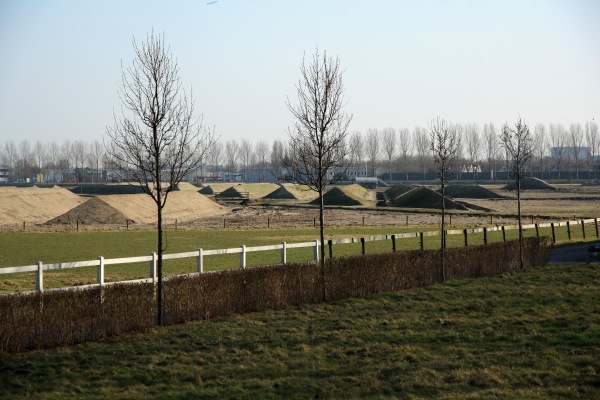
More simply, the sand moves away from the areas of greatest vibration, grouping into strange shapes. At these points, the amplitude of the vibration is virtually zero.
Leveraging this knowledge, De Kort used GPS to plow and create 150 straight and symmetrical furrows with ridges about 2 meters high, creating a model that has reduced ambient noise levels by about half. 35 noise monitoring points have also been installed around the area and the results obtained in 2014 showed that the idea works.
The solution? It was in the earth!
Francesca Mancuso
Photo: smithsonianmag
READ also:
Noise pollution: the European Parliament votes new noise limits for cars
Land Art: the wonderful geometries in the desert of Deserth Breath
Land Art: Martin Hill's circular sculptures that reflect the cycles of nature








